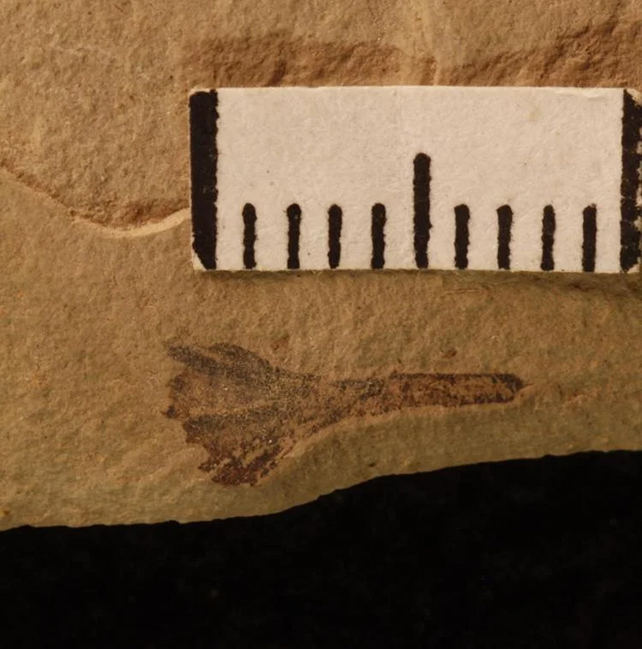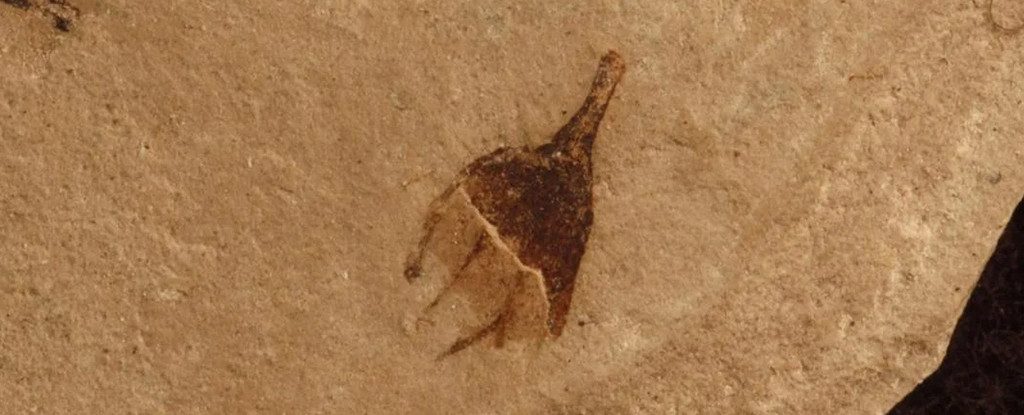We might have to rethink everything we thought we knew about the evolutionary history of the nightshade (Solanaceae) family of plants, a category that includes tomatoes, potatoes, and chili peppers. The recent identification of several fossils suggest these plants have been around a lot longer than previously thought.
And we mean a lot longer – in the case of chili peppers, some 50 million years in North America, rather than the 15 million years indicated by previous studies. They now appear to date back to the Eocene, which covers 56 to 34 million years ago.
This latest study was sparked off by a fresh look at fossils uncovered in museum collections, which hadn't been identified as chili peppers but which bore the tell-tale signs of coming from that family: little spikes sticking out from the end of a fruiting stem. To the trained eye, that marks them out as Solanaceae plants.
"At first, I thought 'No way! This can't be true,'" says evolutionary biologist Rocío Deanna from the University of Colorado Boulder. "But it was so characteristic of the chili pepper. The family is way older than we thought."
Two newly identified fossils, an ancient chili and tomato, had their ages compared with other nightshade fossils from Colombia and Argentina, backing up the idea that at the time of the Eocene, these plants were spread across both North and South America.
Our world would've looked very different back then though: no ice anywhere, much higher sea levels, and twice as much carbon dioxide in the air. Chili peppers would have been more like fruit we commonly think of as berries back then, the researchers say, though probably still as spicy.
The most likely mode of distribution for the seeds of these plants would've been via the guts or feathers of birds – but the new research raises the question of whether chili peppers started in the north and then went south, or the other way around.

One of the fossils included in the study. (S. Manchester)
"These chili peppers, a species that we thought arose in an evolutionary blink of an eye, have been around for a super long time," says evolutionary biologist Stacey Smith, from the University of Colorado Boulder. "We're still coming to grips with this new timeline."
The nightshade family is mostly found in the tropics today, where the atmosphere is warmer. Now experts have got tens of millions of extra years to weigh up, it could teach us more about how plants adapt and survive as the planet's climate shifts.
Fossils of this type are very rare, so being able to properly classify the two ancient berries gives scientists some very valuable new data to work with. That applies to both where these plants first evolved, and how they spread out from there.
A fossil from Colorado identified as a chili pepper was originally discovered in the 1990s, but remained unidentified until recently due to the specialized knowledge needed to identify nightshade plants – which cover around 3,000 species and almost 100 different genera.
"A lot of discoveries happen decades after the specimens have been collected," says Smith. "Who knows how many other new fossil species are sitting in any of these museums? They're just waiting for the right eyes to look at them."
The research has been published in New Phytologist.
- Karlston
-

 1
1



Recommended Comments
There are no comments to display.
Join the conversation
You can post now and register later. If you have an account, sign in now to post with your account.
Note: Your post will require moderator approval before it will be visible.